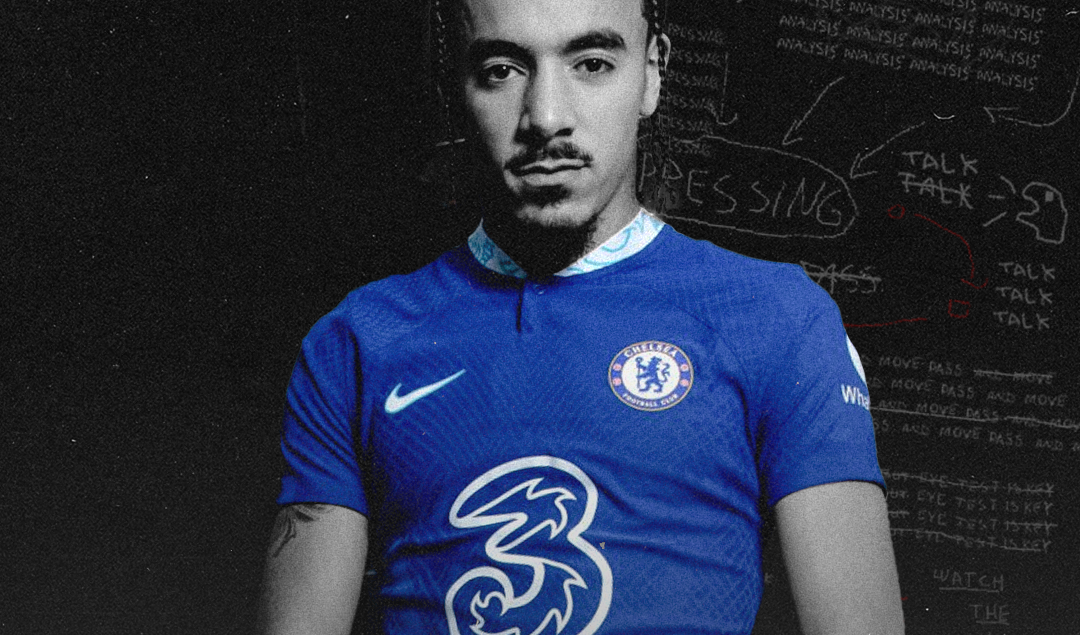What Chelsea’s New Formation Means for Their Early Season Odds
As the new Premier League season approaches, pre-season offers more than just a glimpse of player fitness. It is a laboratory for tactical experimentation. For Chelsea, manager Enzo Maresca appears to be using this time to trial a significant shift in formation, moving away from last season’s back-four system towards a dynamic 3-4-2-1. This change has profound implications for how the team will play.
An informed approach is crucial when attempting to comprehend the intricate world of sports betting odds. Before delving into specific team analysis, it is wise to learn how markets are formed and what the numbers truly represent. Independent educational resources, such as https://www.actionnetwork.com/, can provide a solid foundation in market dynamics and statistics. Building this base knowledge is a sensible first step for anyone wishing to learn more about the topic from a purely analytical and educational perspective.
The Tactical Shift to a 3-4-2-1
The move to a 3-4-2-1 restructures Chelsea’s entire setup. The system is built on a three-man central defense, providing a solid foundation. Ahead of them, a two-man midfield pivot acts as the team’s engine room. The width is provided by two aggressive wing-backs who are tasked with contributing to both defense and attack.
The most interesting aspect of this formation is the attack. It features two creative players, or dual number 10s, operating in the half-spaces behind a single, central striker. This is a departure from the more traditional 4-3-3 or 4-2-3-1 systems Chelsea has used, which typically rely on wingers holding the width. This new shape concentrates creative talent in central areas.
New Roles for Key Chelsea Players
This tactical realignment changes the responsibilities of several key individuals on the pitch. The success of the system will depend on how well these players adapt to their new instructions. An analysis of these role changes offers clues as to where Chelsea’s strengths and weaknesses may lie.
Here are some of the most significant adjustments:
- The Wing-Backs (Reece James/Malo Gusto). In this system, they are primary attackers. With the defensive security of a back three behind them, they will be expected to push high up the pitch, which could see a marked increase in their assist and goal contribution odds.
- The Attacking Midfielders (Cole Palmer/Christopher Nkunku). Playing as inverted number 10s behind the striker gives them freedom to find pockets of space. This could make Chelsea’s attack less predictable and heavily dependent on their creativity.
- The Midfield Pivot (Enzo Fernández/Moisés Caicedo). A two-man midfield could be strong defensively, but it risks being outnumbered against teams playing with three central midfielders, placing immense pressure on their endurance and positioning.
- The Lone Striker (Nicolas Jackson). The striker will now have two players in close support, which could lead to more combination play and better-quality chances, potentially improving his goal-scoring odds.
Analyzing the Impact on Betting Odds
A new formation directly influences various betting markets. The aggressive nature of the 3-4-2-1, with its attacking wing-backs, suggests Chelsea will be focused on offensive output. This could create value in the “Over 2.5 Goals” market in their matches, as the system is designed to generate chances.
Defensively, a three-player backline can offer more stability against certain types of attacks. If Chelsea adapts well, they could become a more solid unit, especially at Stamford Bridge. This might present value in “Chelsea to Win to Nil” or “Clean Sheet” betting markets against lower-table opposition. Player prop markets will also be affected, with potentially higher odds for assists from the wing-backs.
Market Perception and Early Fixtures
The betting market is often slow to adjust to tactical nuances discovered in pre-season. For the first few weeks of the season, Chelsea’s odds may still be priced based on their performances and structure from last year. This creates a potential window of opportunity for the informed analyst.
If Chelsea faces a team with weak full-backs in their opening fixtures, the new wing-back system could be particularly effective. Conversely, if they face a team with a dominant midfield trio, their two-man pivot could be exposed. A close study of their first few opponents is necessary to determine if the market has accurately priced the potential impact of this new formation.
